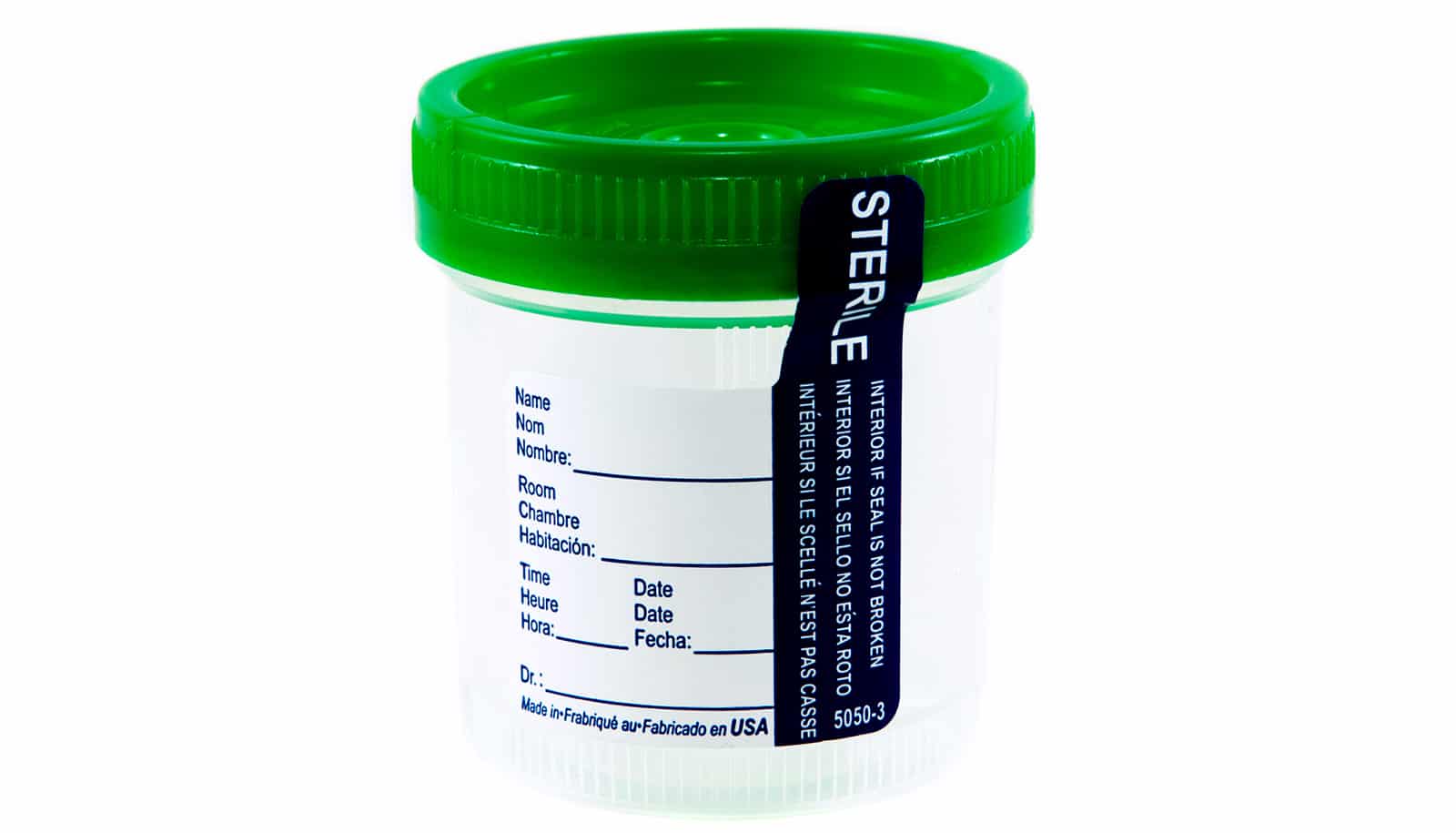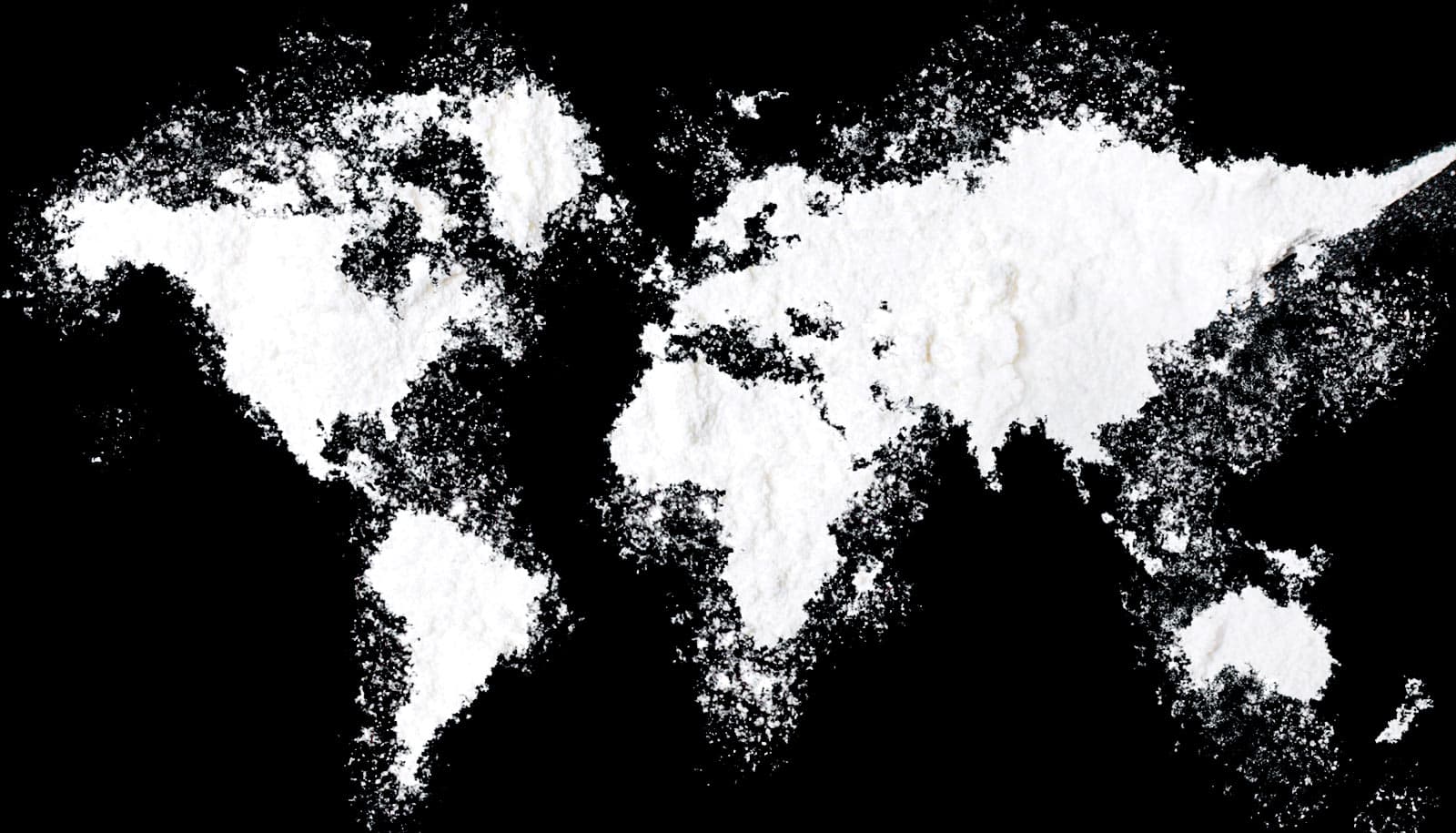Clues in urine have allowed researchers to discern whether people are wealthy or at risk of poverty.
If you eat whole grains, vegetables, and dark chocolate, you most likely belong to the most economically prosperous segment of society. If, on the other hand, your diet is low in protein, salty, filled with additives, and there are longer breaks between your meals, you probably belong to the poorest segment.
Researchers at the University of Copenhagen’s department of food science observed that the diets of the rich and poor leave different fingerprints on metabolism, as evidenced in urine. This is the result of a comprehensive analysis of 2,700 urine samples from 1,300 people in five European countries.
The findings include:
- Citric acid and hippuric acid were found in higher concentrations among the wealthy than the poor. Low levels of these two acids in the body are associated with—among other things—a deficiency in protein, fruits, vegetables, and whole grains.
- Lithuania was the country where economic differences were most pronounced in urine samples.
- Finland and the UK had the most divergent diets.
“The most striking thing is that across gender, ethnicity, and nationality, we were able to discern between those who earn more and those who earn less—from their urine,” says Alessia Trimigno, a postdoctoral researcher in the department of food science, and lead author of the study.
Your urine changes promptly in response to what you eat and your overall health. All body fluids contain thousands of so-called metabolites—residues of the body’s metabolism—which advanced analytical technologies can detect. Unlike blood, which is slower to respond to changes in the body, urine provides a “real time” status of the body’s disposables.
Metabolites reveal much about diet, current health, and a person’s predisposition to various diseases. Despite the promise, researchers still only know about 1% of the roughly one million different metabolites.
“We know that metabolites can tell us a great deal more about human health and wellbeing than genes. However, we need more knowledge about how to decode these metabolites. This study marks an important step forward,” says associate professor Bekzod Khakimov of the department of food science.
The study is part of a larger research project, headed by professor Søren Balling Engelsen of the University of Copenhagen, that has identified nutritional deficiencies in people at risk of poverty. The goal is to develop new, low-cost foods with the right nutritional composition for this group.
Within this context, researchers who extract useful information from large chemical data sets (chemometrics), have analyzed urine samples from Finland, the UK, Italy, Serbia, and Lithuania. They have used a new method called Signature Mapping (SigMa) for metabolomics data processing that they invented and have had the opportunity to test over the course of the project.
The researchers based their definition of rich and poor on EUROSTAT income data. The findings appear in Molecular Nutrition and Food Research.
Source: University of Copenhagen



